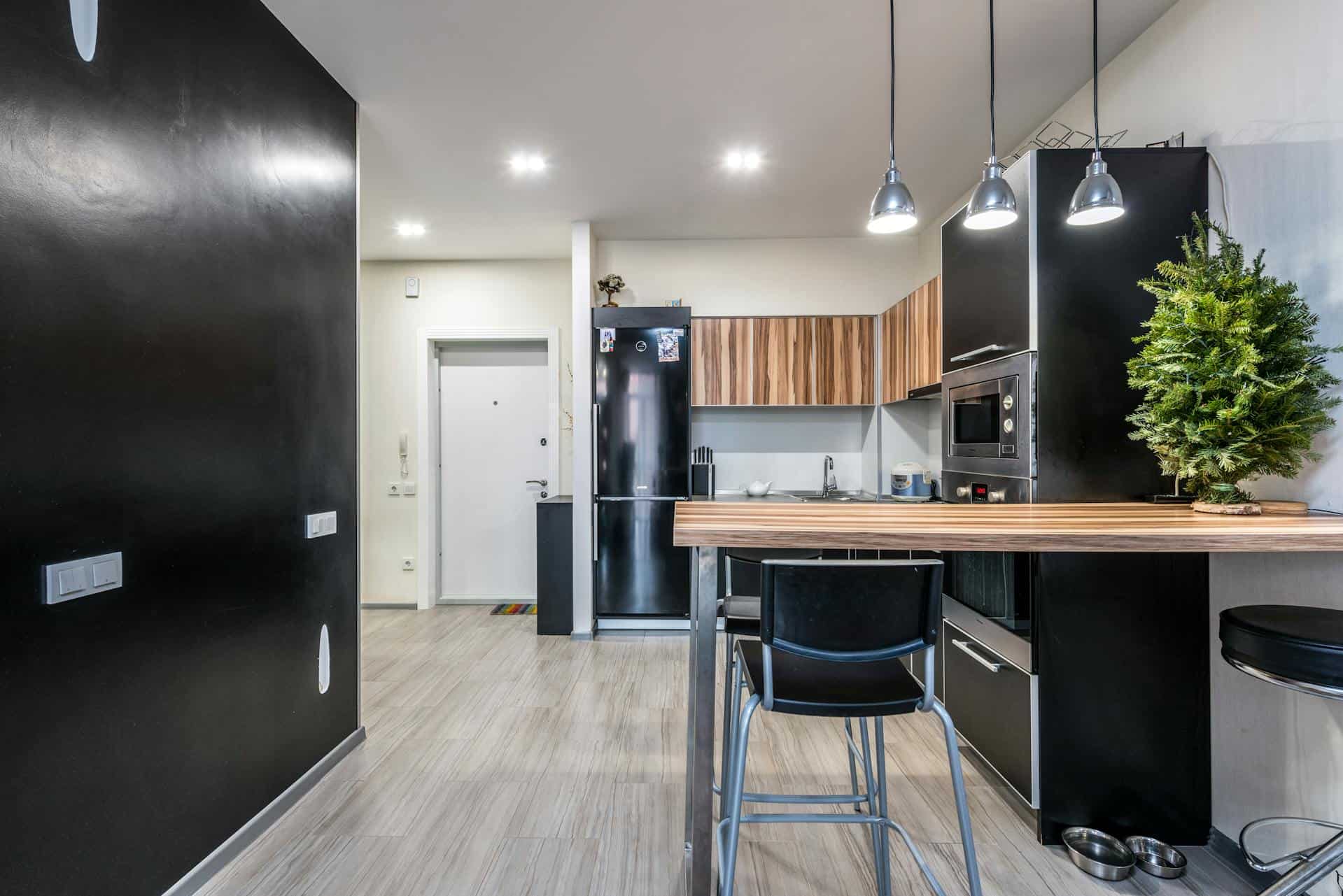
Question: How to Pick a Kitchen Floor?
Answer: Picking a kitchen floor depends on your budget, lifestyle, and design preferences. Consider durability, water resistance, and maintenance when choosing materials like tile, vinyl, or hardwood.
Kitchen Flooring: A Practical Guide
Let’s talk kitchen floors. It’s not just about picking something that looks pretty, right? Your kitchen floor has to handle a lot – spills, splashes, the whole nine yards. So, how do you choose the right one? That’s where this guide comes in. We’re going to break down the different flooring options, talk about what works best for different lifestyles, and help you find something that fits your style and budget. Get ready to make an informed decision and create a kitchen you’ll love!
Material Matters: Exploring Your Options
Kitchen floors face spills, foot traffic, and temperature changes. Durability is key. Consider these materials:
Ceramic Tile:
Durable and water-resistant, ceramic tile offers many styles. It can feel cold and chip, however.Porcelain Tile:
Denser than ceramic, porcelain tile resists scratches and stains. It’s a good choice for busy kitchens.Natural Stone:
Granite, marble, and slate add a unique look. They require sealing and can be expensive.Vinyl:
Affordable and easy to install, vinyl comes in sheets, tiles, and planks. It offers good water resistance but can be susceptible to damage from sharp objects.Engineered Wood:
More stable than solid wood, engineered wood resists moisture. It offers a natural look but can be scratched.Laminate:
Cost-effective and easy to maintain, laminate mimics the look of wood or tile. Water can damage it.Linoleum:
Made from natural materials, linoleum is durable and eco-friendly. It requires regular sealing.Concrete:
Industrial and modern, concrete is highly durable. It can be stained and sealed for various looks.
Click here to read more about Blue Kitchen Refacing
Related Article: Should a Small Kitchen Have Light or Dark Floors?
Related Article: Which is Better for Kitchen Floors, ceramic or Porcelain?
Lifestyle and Kitchen Floor Selection
Your lifestyle significantly influences your flooring choice. Active families with pets need a durable, easy-to-clean floor. Consider vinyl, porcelain tile, or laminate. These materials withstand heavy traffic and spills. If you prioritize aesthetics, explore natural stone or high-end ceramic tile. These add a touch of elegance but may require more care. Consider your cooking habits. If you frequently cook with oil or other messy ingredients, a stain-resistant floor is essential.
Style and Aesthetics in the Kitchen
Your kitchen floor significantly impacts the overall aesthetic. Match your flooring to your kitchen’s design. Modern kitchens benefit from sleek materials like concrete or large-format tiles. Traditional kitchens pair well with natural stone or warm wood tones. Consider the color palette and existing décor. Light-colored floors make a space feel larger, while dark floors add warmth and drama. Think about the visual flow. Continuous flooring creates a seamless transition between rooms. Use samples to visualize how the flooring looks in your kitchen’s lighting and with your existing décor.
Installation and Maintenance of Kitchen Flooring
Installation difficulty varies by material. Some flooring types, like vinyl and laminate, offer DIY-friendly installation options, saving you money on labor. Others, like natural stone and tile, require professional installation for best results. Evaluate your DIY skills and available time before deciding. Long-term maintenance is crucial for preserving your floor’s beauty and longevity. Research the specific cleaning and maintenance requirements for your chosen material. Some materials need regular sealing or special cleaning products. Proper care extends the life of your floor.
Durability and Longevity: Choosing a Floor that Lasts
Kitchen floors endure heavy use. Choose a material that can withstand daily wear and tear. Evaluate scratch resistance, water resistance, and stain resistance. Consider the manufacturer’s warranty. A good warranty provides peace of mind and protects against defects. Think about your long-term plans. If you plan to sell your home soon, choose a floor with broad appeal. A durable, neutral floor increases your home’s value.
Picking a kitchen floor involves careful consideration of various factors. By evaluating materials, budget, lifestyle, style, and installation needs, you can select the best floor for your kitchen. This thoughtful approach ensures a beautiful, functional kitchen for years to come. Enjoy the process and the result of a well-chosen floor.

Blue Malue Get in touch with Blue here.
